Letters from home by Astronauht Bob Pettit;
”From my orbital perspective, I am sitting still and Earth is moving. I sit above the grandest of all globes spinning below my feet, and watch the world speed by at an amazing eight kilometers per second (288 miles per minute, or 17,300 miles per hour). This makes Earth photography complicated.
Even with a shutter speed of 1/1000th of a second, eight meters (26 feet) of motion occurs during the exposure. Our 400-millimeter telephoto lens has a resolution of less than three meters on the ground. Simply pointing at a target and squeezing the shutter always yields a less-than-perfect image, and precise manual tracking must be done to capture truly sharp pictures. It usually takes a new space station crewmember a month of on-orbit practice to use the full capability of this telephoto lens.
Another surprisingly difficult aspect of Earth photography is capturing a specific target. If I want to take a picture of Silverton, Oregon, my hometown, I have about 10 to 15 seconds of prime nadir (the point directly below us) viewing time to take the picture. If the image is taken off the nadir, a distorted, squashed projection is obtained. If I float up to the window and see my target, it’s too late to take a picture. If the camera has the wrong lens, the memory card is full, the battery depleted, or the camera is on some non-standard setting enabled by its myriad buttons and knobs, the opportunity will be over by the time the situation is corrected. And some targets like my hometown, sitting in the middle of farmland, are low-contrast and difficult to find. If more than a few seconds are needed to spot the target, again the moment is lost.
All of us have missed the chance to take that “good one.” Fortunately, when in orbit, what goes around comes around, and in a few days there will be another chance. It takes 90 minutes to circle the Earth, with about 60 minutes in daylight and 30 minutes in darkness. The globe is equally divided into day and night by the shadow line, but being 400 kilometers up, we travel a significant distance over the nighttime earth while the station remains in full sunlight. During those times, as viewed from Earth, we are brightly lit against a dark sky. This is a special period that makes it possible for people on the ground to observe space station pass overhead as a large, bright, moving point of light. This condition lasts for only about seven minutes; after that we are still overhead, but are unlit and so cannot be readily observed. Ironically, when earthlings can see us, we cannot see them. The glare from the full sun effectively turns our windows into mirrors that return our own ghostly reflection.
This often plays out when friends want to flash space station from the ground as it travels overhead. They shine green lasers, xenon strobes, and halogen spotlights at us as we sprint across the sky. These well-wishers don’t know that we cannot see a thing during this time. The best time to try this is during a dark pass when orbital calculations show that we are passing overhead. This becomes complicated when highly collimated light from lasers are used, since the beam diameter at our orbital distance is about one kilometer, and this spot has to be tracking us while in the dark. And of course we have to be looking. As often happens, technical details complicate what seems like a simple observation. So far, all attempts at flashing the space station have failed.”


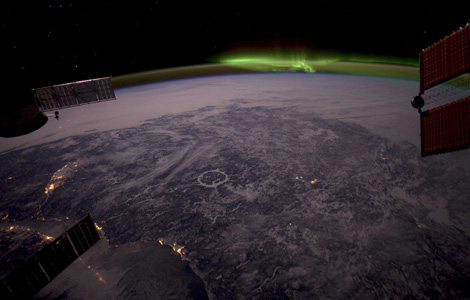
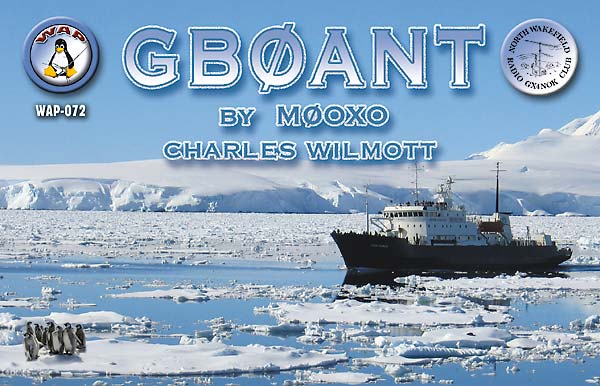
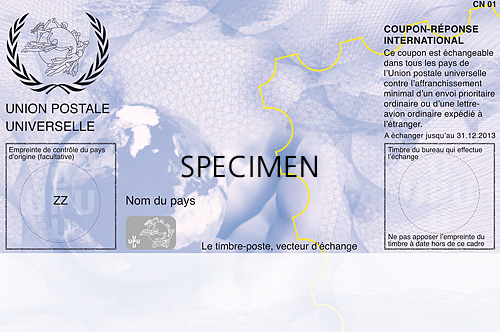
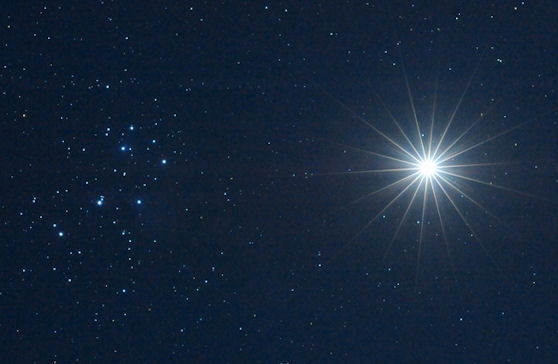
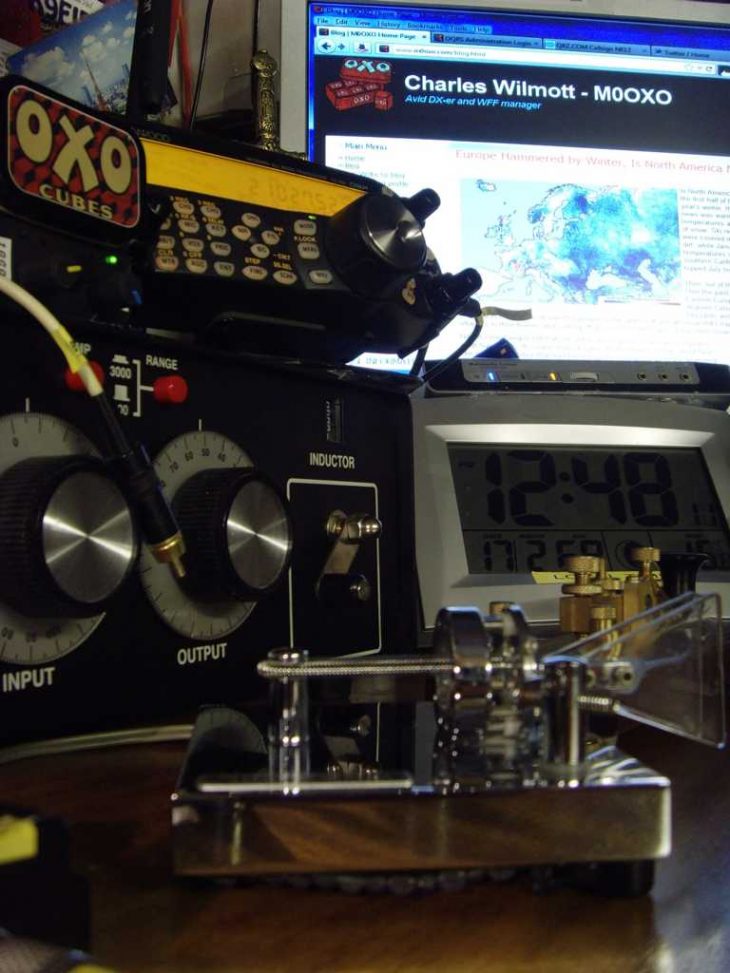
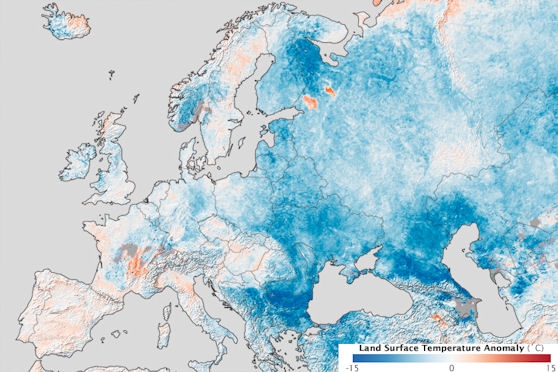
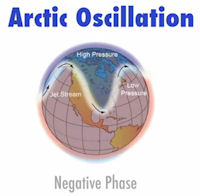
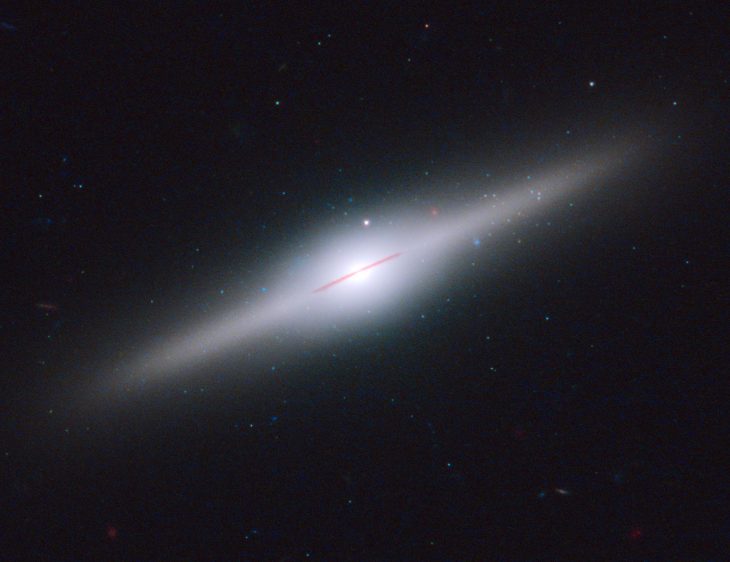

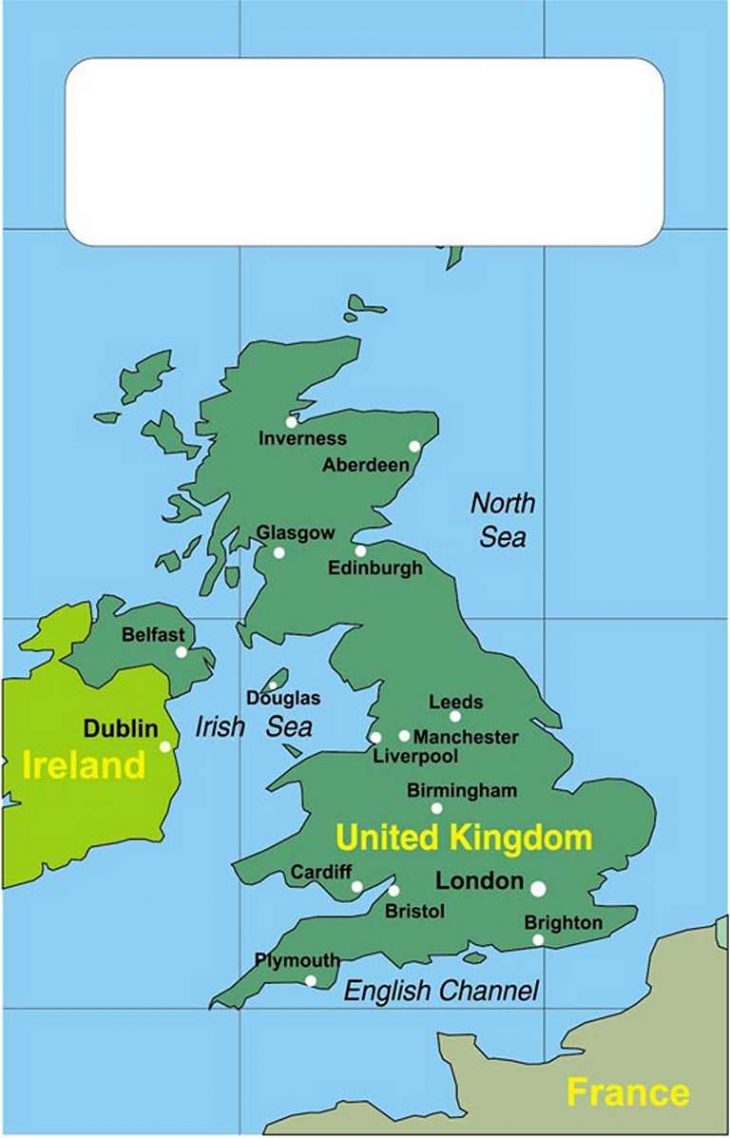
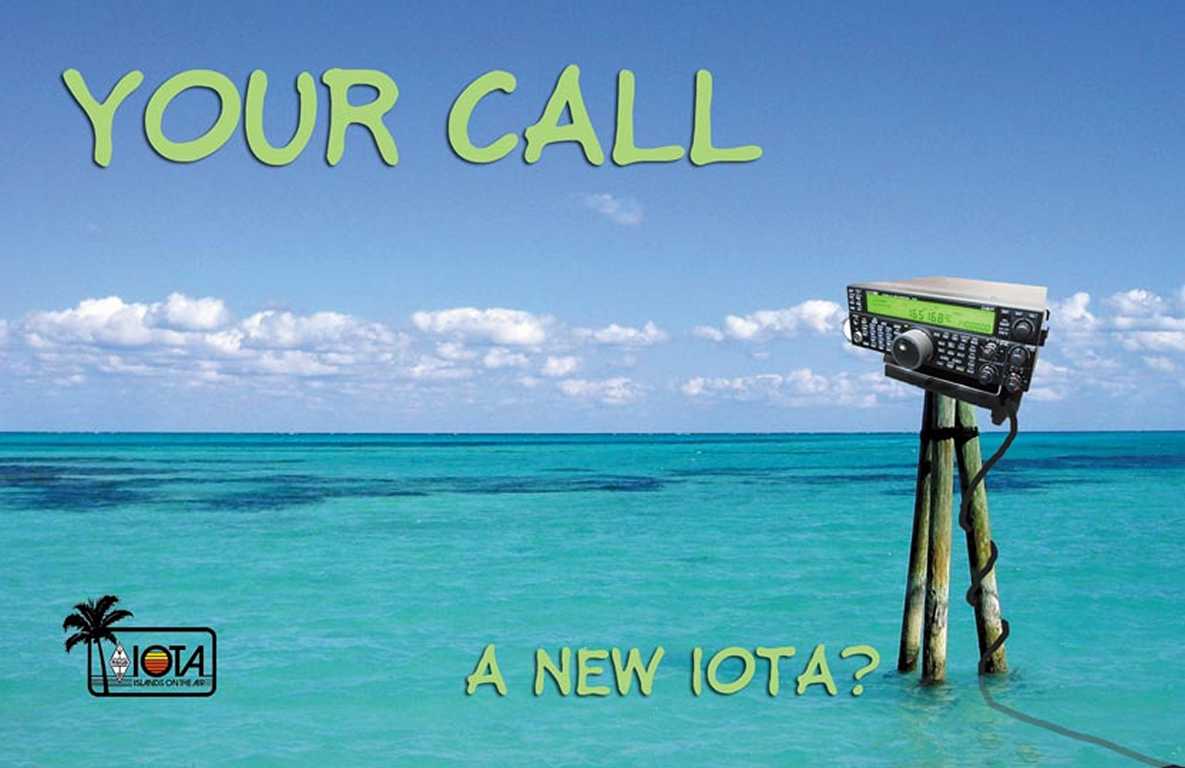
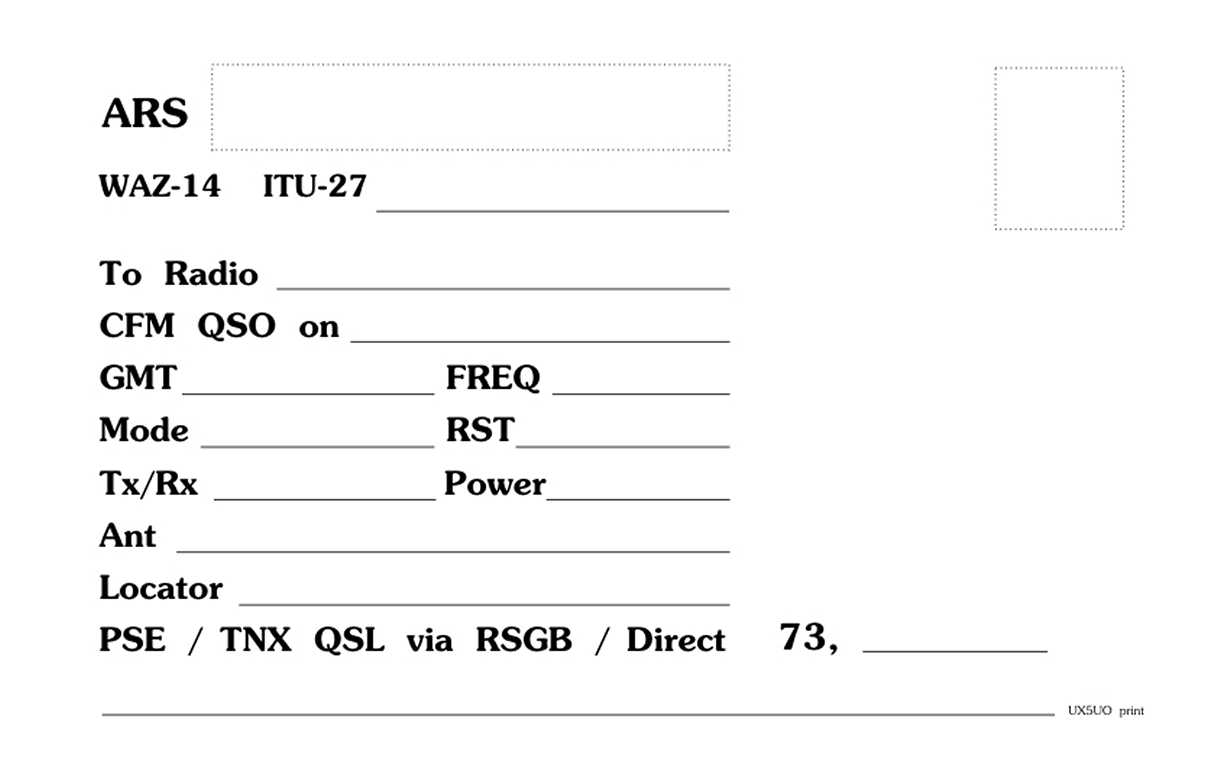 These cards will be held in stock with
These cards will be held in stock with